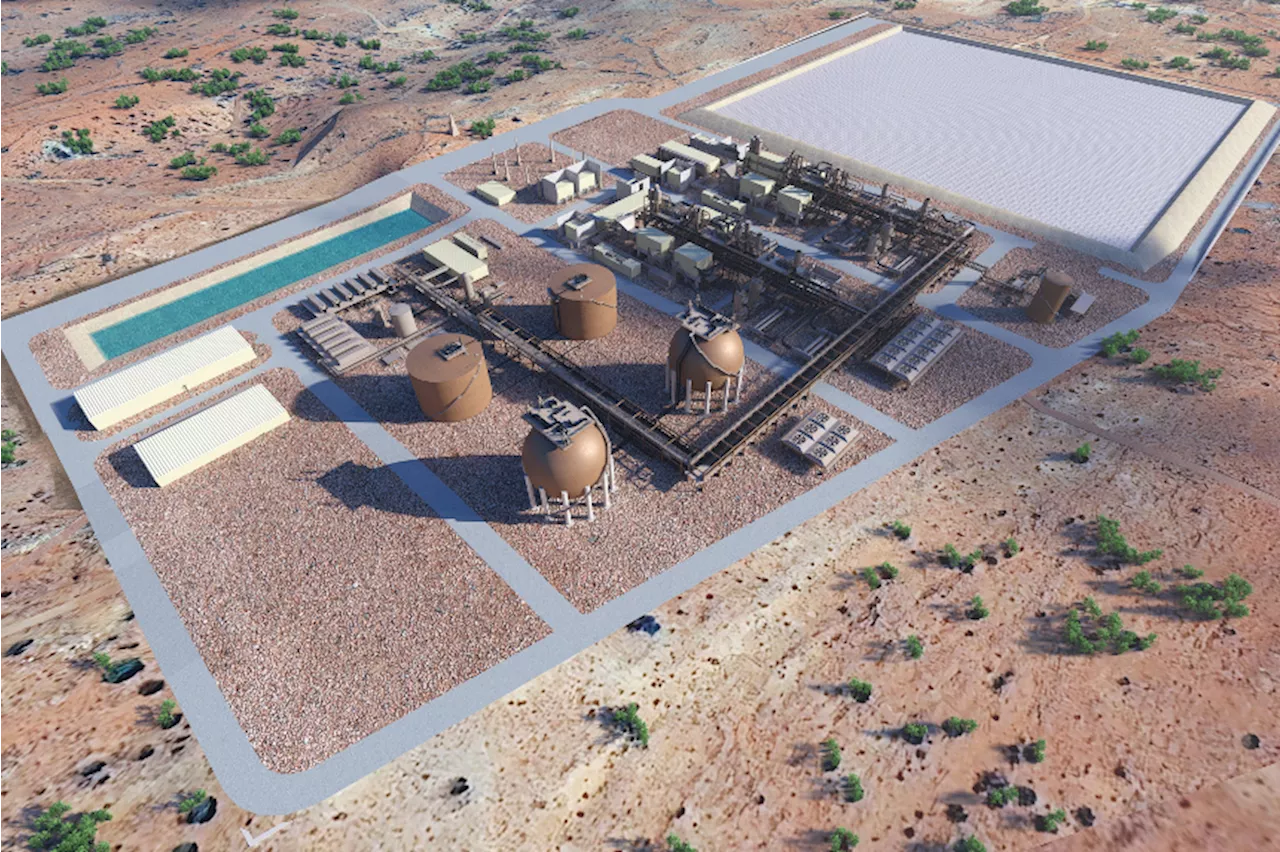Compressing gases and making useful energy out of them is one of those deeply intuitive solutions that seduces people into dead ends every decade.
ChatGPT & DALL-E generated panoramic image of a hot air balloon tethered to the ground by an electricity cable covered in sparks
Of course, then there are pneumatically-powered actuators, where compressed gases make mechanical objects move. The first, in the west at least, were built in Paris in the 1870s, where a clock used pneumatics initially, and then a compressed air system was used to distribute power to industrial sites for their pneumatic actuators. For those in the trades, pneumatic nail guns and jackhammers are still daily tools.
In this game, no one can leave the table . As a result, the total number of chips keeps diminishing as the house takes its rake every hand. Everybody, no matter how much they win, eventually gives it all to the house. You can’t win . You can’t break even ., is all about heat. The second law,introduces work. Every time work gets done, the house takes its rake, and that’s entropy.
One of the things that comes out of all of this is that heat is not equal to work. Both are forms of energy, but while work can turn into heat with high efficiency, heat can’t turn into work with high efficiency. That’s the fundamental gotcha of fossil fuels and indeed anything we burn. What we are doing when we are burning something is turning it into heat, and if we need work, we lose a lot in translation.
The ratio of the created mechanical potential energy to the heat is a fundamental drawback of compressed gas electricity storage solutions. If you want a lot of mechanical potential energy, you end up creating an awful lot of heat. If you want to avoid losing all of that energy to heat, you end up without much mechanical potential energy.
The phase of water, whether it’s solid , liquid, or gas, depends on the combination of temperature and pressure. We just happen to live in the range of pressures and temperatures where we commonly see it turn from one to another. Every substance is like this. There’s a lot of stuff happening at the molecular level in terms of hydrogen bonds forming between water molecules that occurs around phase changes and that’s where all the energy is coming from or going to. Solids are highly ordered structures with only vibrational energy within molecules — think of an absurdly fast oscillating spring between two balls where the balls are atoms and the string is the chemical bond — and no rotational or movement energy.
As noted, the only one in commercial use in a tiny number of instances is compressed air storage. It has three to four very big advantages over the other solutions, yet isn’t scaling. Thankfully, we stand on the shoulders of giants, so there is simple math for all of this. The basic formulas are:If we know the attributes of a substance at a particular temperature and pressure and we want to move it to a different temperature and pressure, these formulas tell us how much energy is required. When we compress a gas, we have to expend a lot of work, but we also create a lot of heat. When we expand a gas, we get a lot of potential for work but we also require a lot of heat.
What about the heat? As the italics above note, enthalpy is the heat content of a system at a particular state, which is not the same as its temperature. For convenience I’m going to stick to kWh, but remember that a kWh of heat is not the same as a kWh of electricity. The difference in enthalpy is only 4.4 kWh. That means that the ratio of mechanical energy to waste heat is 99.5% at this degree of pressure change. That’s a good ratio.
Does water have any other advantages over gases when it comes to returning mechanical energy? Yes, in fact. It’s more efficient to pump water and spin turbines with water than to compress gases and spin turbines with gases. Once again, this is due to the characteristics of materials in phases, with water having chemical bonds that means it wants to stay together while gases don’t have those chemical bonds.
That means that in order to take advantage of that extreme volume difference between the liquid and gas phases, you have to chill nitrogen from 20° Celsius to -200° Celsius or so, and keep taking heat out at that -195.8° Celsius phase change point for a long time. Liquid air solutions need highly insulated constructed tanks, which once again limits their ability to scale compared to compressed air and pumped hydro.
Are there any other challenges with solutions like this? Well, yes, it requires fairly pure carbon dioxide. Remember that liquid carbon dioxide with only small amounts of water is quite corrosive. That means that they have to maintain a fairly pure supply of gaseous carbon dioxide on one side of the equation, hence the thing that looks like an inflatable tennis court in their renderings.
I like to use this chart when talking about carbon dioxide usage schemes. The scale of the problem is thousands of billions of tons. The annually additions are tens of billions of tons. The annual current market is about a couple of hundred million tons and it’s a rounding error on an emaciated gnat’s thorax compared to the scale of the problem. Imagine my sentiments about 1,500 tons, many more orders of magnitude less, as a carbon dioxide usage solution.
In the upper right hand corner of the diagram is the supercritical phase. It’s an interesting state that has some of the characteristics of a liquid and some of a gas. There are some optimal points in there where moving between two pressures and temperatures doesn’t require a lot of energy but does result in large material density swings. Slap a turbine between the two ends of the cycle and it’s more like generating electricity from a liquid.
United Kingdom Latest News, United Kingdom Headlines
Similar News:You can also read news stories similar to this one that we have collected from other news sources.
 Breakthrough CO2-fueled generator turns greenhouse gas into electricityScientists create a CO2-absorbing generator, boosting climate change reversal by converting carbon dioxide into electricity.
Breakthrough CO2-fueled generator turns greenhouse gas into electricityScientists create a CO2-absorbing generator, boosting climate change reversal by converting carbon dioxide into electricity.
Read more »
 AI could drive a natural gas boom as power companies face surging electricity demandNatural gas producers are bullish on demand as they see significant upside from the immense energy needs of artificial intelligence and data centers.
AI could drive a natural gas boom as power companies face surging electricity demandNatural gas producers are bullish on demand as they see significant upside from the immense energy needs of artificial intelligence and data centers.
Read more »
 Chevron CEO says natural gas demand will outpace expectations on data center electricity needsChevron CEO Mike Wirth says natural gas will play a key role in powering data centers as renewables still face challenges supplying peak demand.
Chevron CEO says natural gas demand will outpace expectations on data center electricity needsChevron CEO Mike Wirth says natural gas will play a key role in powering data centers as renewables still face challenges supplying peak demand.
Read more »
 A Company Is Building a Giant Compressed-Air Battery in the Australian OutbackHydrostor, a leader in compressed air energy storage, aims to break ground on its first large-scale plant in New South Wales by the end of this year. It plans to follow that with an even bigger facility in California.
A Company Is Building a Giant Compressed-Air Battery in the Australian OutbackHydrostor, a leader in compressed air energy storage, aims to break ground on its first large-scale plant in New South Wales by the end of this year. It plans to follow that with an even bigger facility in California.
Read more »
 Hydrostor Plans Two Large Compressed Air Storage Facilities, One In Australia And One In CaliforniaHydristor in Toronto is proposing two long term energy storage facilities that use compressed air ajd stored heat to power turbines.
Hydrostor Plans Two Large Compressed Air Storage Facilities, One In Australia And One In CaliforniaHydristor in Toronto is proposing two long term energy storage facilities that use compressed air ajd stored heat to power turbines.
Read more »
 The natural gas smell everyone is talking about helped Tuscarawas County restaurant find a gas leakReporter at News 5 Cleveland
The natural gas smell everyone is talking about helped Tuscarawas County restaurant find a gas leakReporter at News 5 Cleveland
Read more »
